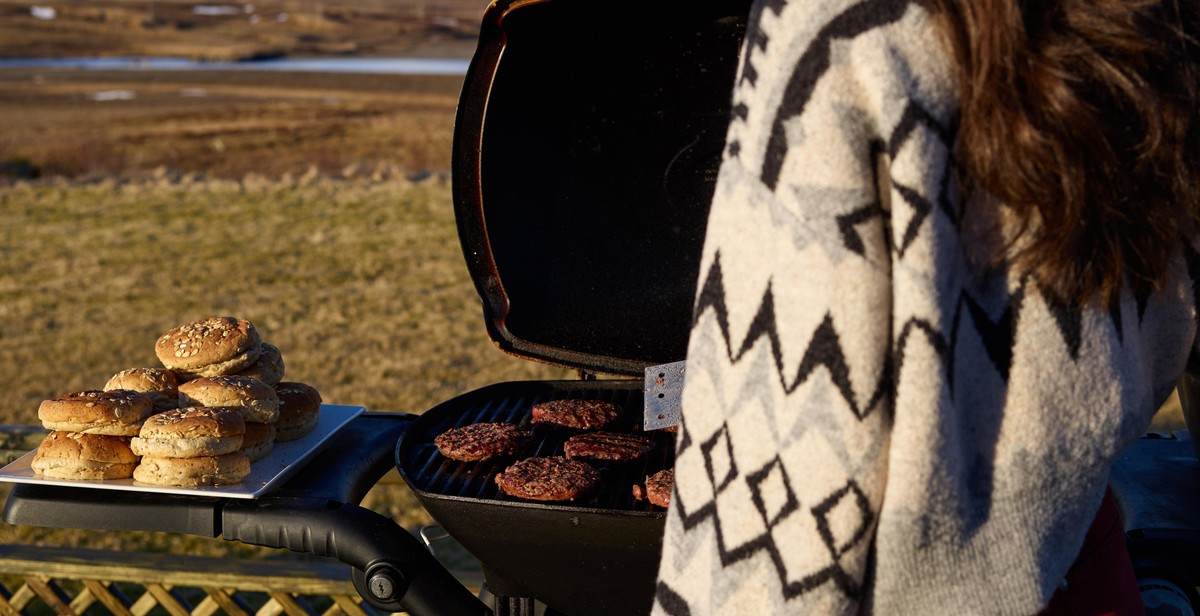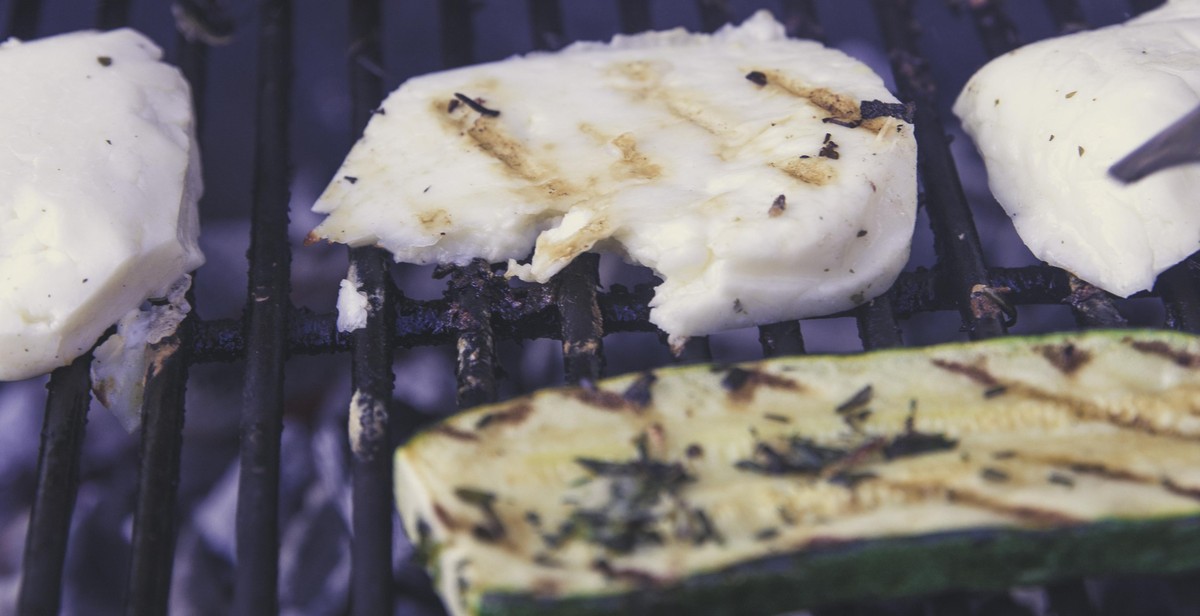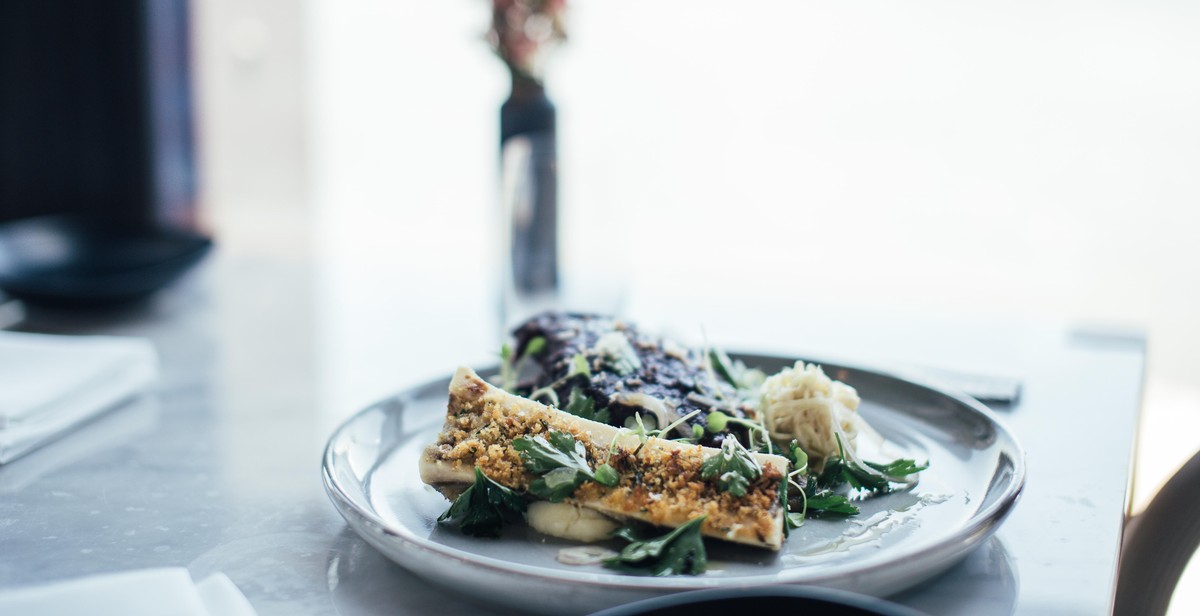How to Cook Tender and Juicy Steak: Mastering the Perfect Meat Doneness
Steak is one of the most popular dishes in the world, and for good reason. When cooked properly, a steak can be tender, juicy, and full of flavor. However, cooking the perfect steak can be a challenge, especially if you are new to the process. In this article, we will explore the art of cooking the perfect steak and achieving the desired meat doneness.
Understanding Meat Doneness
Meat doneness refers to the level of cooking that a piece of meat has undergone. The temperature at which a piece of meat is cooked determines its doneness level. There are several levels of meat doneness, including rare, medium-rare, medium, medium-well, and well-done. Each level has its own unique characteristics and flavor profile.
The Importance of Temperature
The key to cooking the perfect steak is to understand the importance of temperature. The internal temperature of the meat is the most critical factor in achieving the desired level of doneness. To achieve the perfect steak, you will need to use a meat thermometer to ensure that the internal temperature of the meat reaches the desired level.
There are several cooking methods that you can use to cook a steak, including grilling, broiling, and pan-searing. Each method has its own unique advantages and disadvantages, and the method you choose will depend on your personal preferences and the equipment you have available.
In the following sections, we will explore each of these cooking methods in more detail and provide you with step-by-step instructions on how to cook the perfect steak.
Selecting the Right Cut of Meat
Choosing the right cut of meat is crucial when it comes to cooking a perfect steak. Different cuts of meat have different levels of tenderness, flavor, and fat content. Here are some factors to consider when selecting the right cut of meat:
Understanding the Different Cuts of Steak
There are several cuts of steak available, and each cut has its unique characteristics.
| Cut | Description |
|---|---|
| Ribeye | A well-marbled cut with a rich, beefy flavor. |
| T-Bone | A cut that includes both the tenderloin and the strip steak. |
| Sirloin | A lean cut with a slightly tougher texture but great flavor. |
| Filet Mignon | The most tender and expensive cut with a mild flavor. |
| New York Strip | A leaner cut with a bold flavor and slightly firmer texture. |
Factors to Consider When Choosing a Cut of Steak
- Tenderness: If you want a tender steak, go for cuts from the loin or rib. These cuts have less connective tissue and are more tender.
- Flavor: Cuts from the rib or chuck have more marbling, which adds flavor and juiciness.
- Fat Content: Cuts with more fat, like the ribeye, have more flavor and tenderness.
- Cooking Method: Different cuts require different cooking methods. For example, tender cuts like filet mignon are best cooked quickly over high heat, while tougher cuts like flank steak benefit from slow cooking methods like braising.

Preparing the Meat
Before you start cooking your steak, it’s important to prepare the meat properly to ensure a tender and juicy result. Here are some tips:
Bringing the Meat to Room Temperature
Remove the steak from the refrigerator at least 30 minutes before cooking. This will allow the meat to come to room temperature, which will help it cook more evenly. If you cook a cold steak, the outside will cook faster than the inside, resulting in a dry and tough steak.
Seasoning the Meat
Seasoning the meat is essential for enhancing its flavor. You can use a simple combination of salt and pepper or experiment with different spices and herbs. Make sure to season both sides of the steak generously before cooking.
- For a classic steak seasoning, mix 1 tablespoon of kosher salt, 1 tablespoon of black pepper, and 1 tablespoon of garlic powder.
- If you prefer a spicy kick, add some cayenne pepper or chili powder to the seasoning mix.
Using a Marinade
A marinade is a great way to add flavor and tenderize the meat. You can use a store-bought marinade or make your own using ingredients like olive oil, vinegar, soy sauce, and herbs. Simply place the steak in the marinade for at least an hour or overnight in the refrigerator. Before cooking, make sure to pat the steak dry with paper towels to remove excess marinade.
| Marinade Recipe | Ingredients |
|---|---|
| Garlic and Herb Marinade |
|
| Spicy Soy Marinade |
|

Cooking the Steak
There are several methods to cook a steak, but the most popular ones are grilling, pan-searing, and broiling. Each method has its own advantages and disadvantages, so it’s important to choose the one that suits your taste and cooking skills.
Grilling
Grilling is a traditional method that involves cooking the steak over an open flame. It’s a great way to add a smoky flavor and char marks to the meat. To grill a steak, follow these steps:
- Preheat the grill to high heat.
- Season the steak with salt and pepper.
- Place the steak on the grill and cook for 4-5 minutes per side for medium-rare doneness.
- Use tongs to flip the steak and avoid piercing it with a fork, which can cause the juices to escape.
- Let the steak rest for a few minutes before slicing and serving.
Pan-Searing
Pan-searing is a method that involves cooking the steak in a hot skillet with oil or butter. It’s a great way to get a crispy crust and juicy interior. To pan-sear a steak, follow these steps:
- Preheat a cast-iron skillet over high heat.
- Season the steak with salt and pepper.
- Add oil or butter to the skillet and let it get hot.
- Place the steak in the skillet and cook for 3-4 minutes per side for medium-rare doneness.
- Use tongs to flip the steak and baste it with the melted butter or oil.
- Let the steak rest for a few minutes before slicing and serving.
Broiling
Broiling is a method that involves cooking the steak under a high heat source in the oven. It’s a great way to get a crusty exterior and tender interior. To broil a steak, follow these steps:
- Preheat the broiler on high heat.
- Season the steak with salt and pepper.
- Place the steak on a broiler pan and place it in the oven.
- Cook for 4-5 minutes per side for medium-rare doneness.
- Use tongs to flip the steak and avoid piercing it with a fork.
- Let the steak rest for a few minutes before slicing and serving.
| Method | Advantages | Disadvantages |
|---|---|---|
| Grilling | Smoky flavor, char marks | Requires a grill, weather-dependent |
| Pan-Searing | Crispy crust, juicy interior | Can splatter oil, may smoke |
| Broiling | Crusty exterior, tender interior | May smoke, requires broiler pan |

Determining Doneness
There are two main methods to determine the doneness of your steak: using a meat thermometer and using the touch method. Both methods are accurate, but the touch method requires some practice to master.
Using a Meat Thermometer
The easiest and most accurate way to determine the doneness of your steak is by using a meat thermometer. Insert the thermometer into the thickest part of the steak, making sure not to touch the bone or fat. The temperature you are looking for will depend on your preferred level of doneness:
| Doneness | Temperature (°F) |
|---|---|
| Rare | 120-130 |
| Medium Rare | 130-135 |
| Medium | 135-145 |
| Medium Well | 145-155 |
| Well Done | 155+ |
Once the steak has reached the desired temperature, remove it from the heat and let it rest for a few minutes before slicing.
Using the Touch Method
The touch method involves using your fingers to determine the firmness of the steak. This method requires practice and experience to master, but it can be a useful tool if you don’t have a meat thermometer on hand. Here’s how to do it:
- Touch your thumb to your index finger and feel the fleshy part of your palm. This is what a rare steak feels like when you press on it.
- Touch your thumb to your middle finger and feel the same part of your palm. This is what a medium-rare steak feels like when you press on it.
- Touch your thumb to your ring finger and feel the same part of your palm. This is what a medium steak feels like when you press on it.
- Touch your thumb to your pinky finger and feel the same part of your palm. This is what a well-done steak feels like when you press on it.
Remember that the touch method is not as accurate as using a meat thermometer, so it’s always best to double-check with a thermometer if you’re unsure.

Resting and Serving
Once your steak has reached the desired doneness, it’s time to take it off the heat and let it rest. Resting the meat is important because it allows the juices to redistribute throughout the steak, resulting in a more tender and juicy piece of meat.
As a general rule, you should let your steak rest for about 5-10 minutes before slicing and serving. This gives the juices enough time to redistribute while also allowing the steak to cool down slightly so that it’s not too hot to eat.
Slicing
When it comes to slicing your steak, it’s important to cut against the grain. The grain refers to the muscle fibers that run through the meat, and cutting against them makes for a more tender and easy-to-chew piece of meat.
Before slicing, take a close look at the steak and identify which way the grain is running. Then, using a sharp knife, slice the steak against the grain into thin strips.
Serving
Now that your steak is sliced, it’s time to serve it up! There are many delicious ways to enjoy a perfectly cooked steak, from serving it with a side of roasted vegetables to topping it with a flavorful sauce.
For a classic steakhouse experience, you can’t go wrong with serving your steak with a side of crispy fries and a crisp green salad. And if you’re feeling adventurous, try experimenting with different sauces and toppings to take your steak to the next level.
Remember, a perfectly cooked steak is a thing of beauty, and with a little practice and patience, you too can master the art of cooking tender and juicy steak.
Conclusion
Mastering the perfect meat doneness is not rocket science, but it requires practice, patience, and the right tools. By following the steps outlined in this article, you can cook a tender and juicy steak that will impress your family and friends.
First, choose the right cut of meat and let it come to room temperature before cooking. Season it generously with salt and pepper or your favorite rub. Then, sear it on high heat to create a flavorful crust, and finish cooking it to the desired doneness using a meat thermometer.
Remember that every cut of meat and every cooking method requires a different cooking time and temperature, so experiment with different recipes and techniques until you find your favorite. And don’t be afraid to try new things, such as marinating the meat, using different spices and herbs, or even grilling it over an open flame.
Lastly, invest in high-quality cooking tools, such as a cast-iron skillet, a meat thermometer, and a sharp knife, to ensure that your steak is cooked evenly and to perfection. With a little practice and the right tools, you can become a master of the grill and impress your guests with your culinary skills.
So go ahead and fire up the grill, grab a cold beer, and enjoy your perfectly cooked steak!
